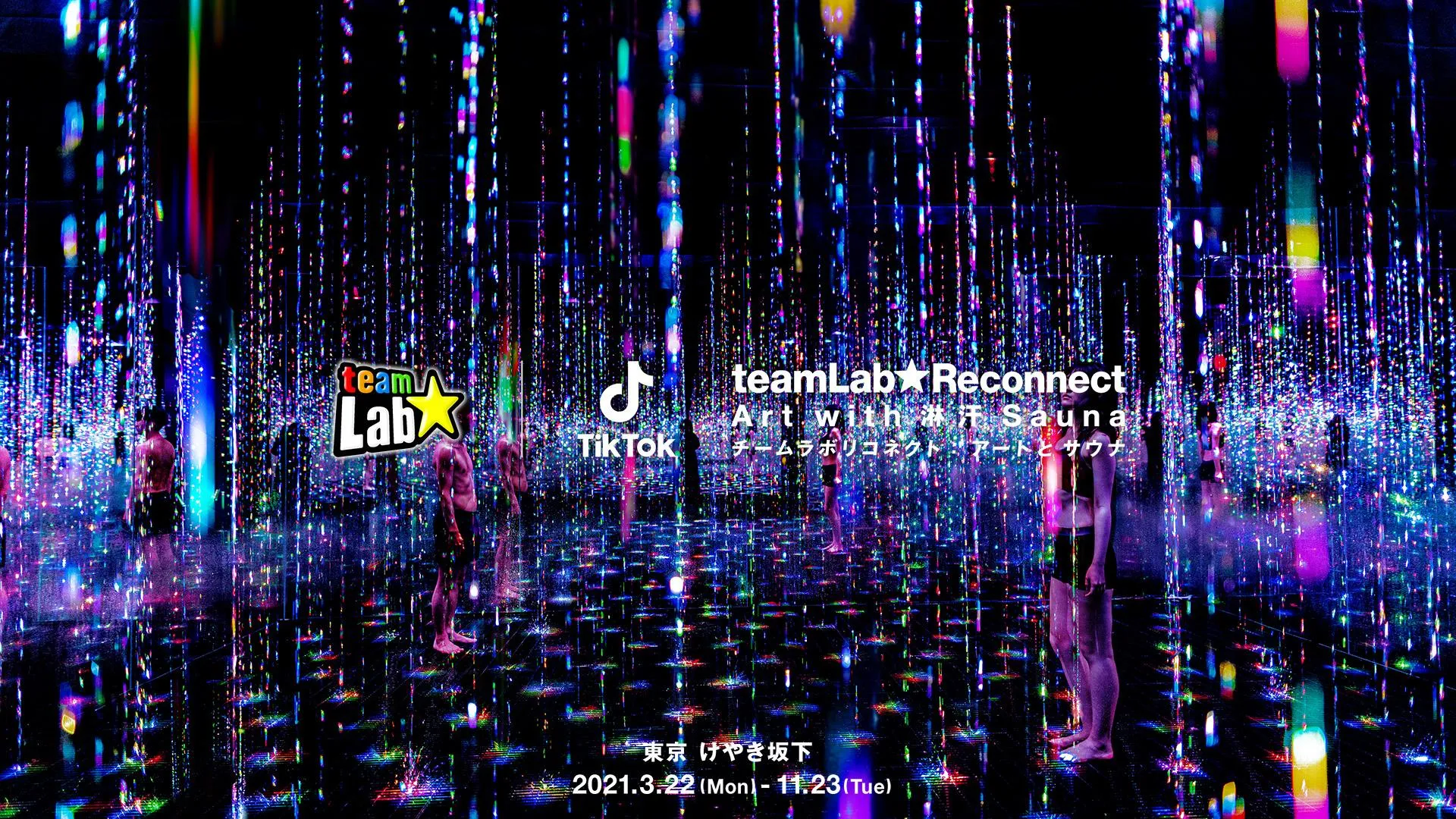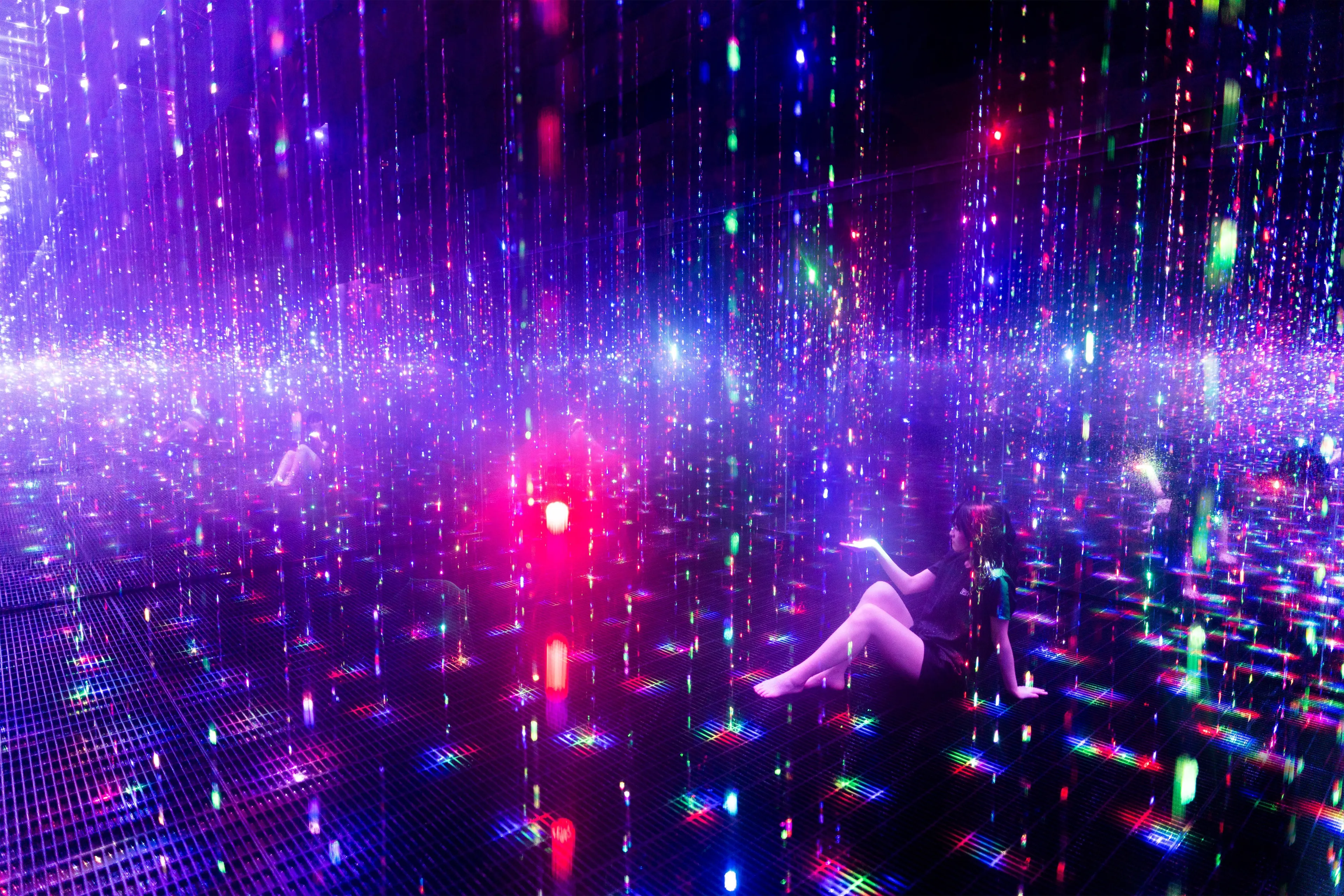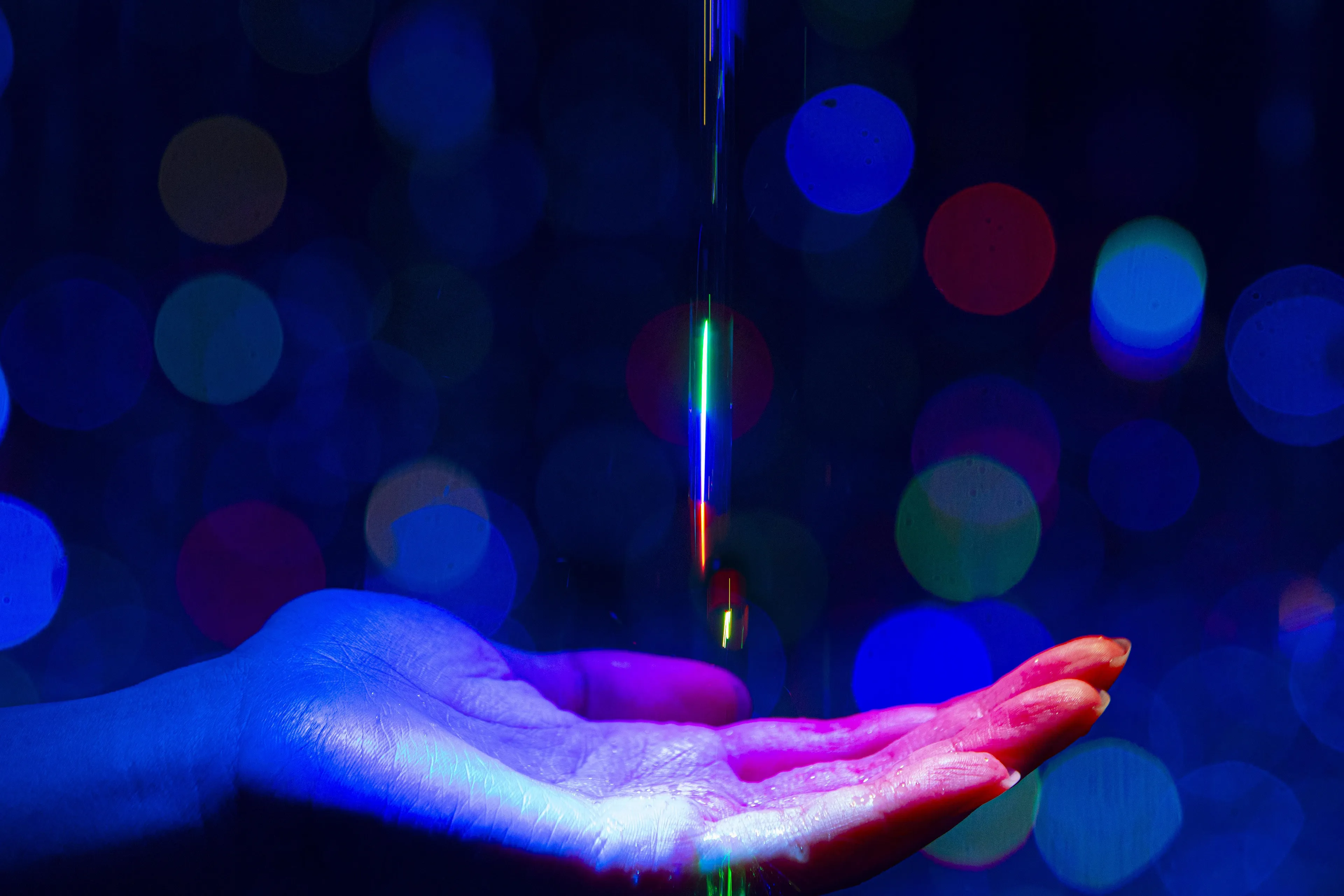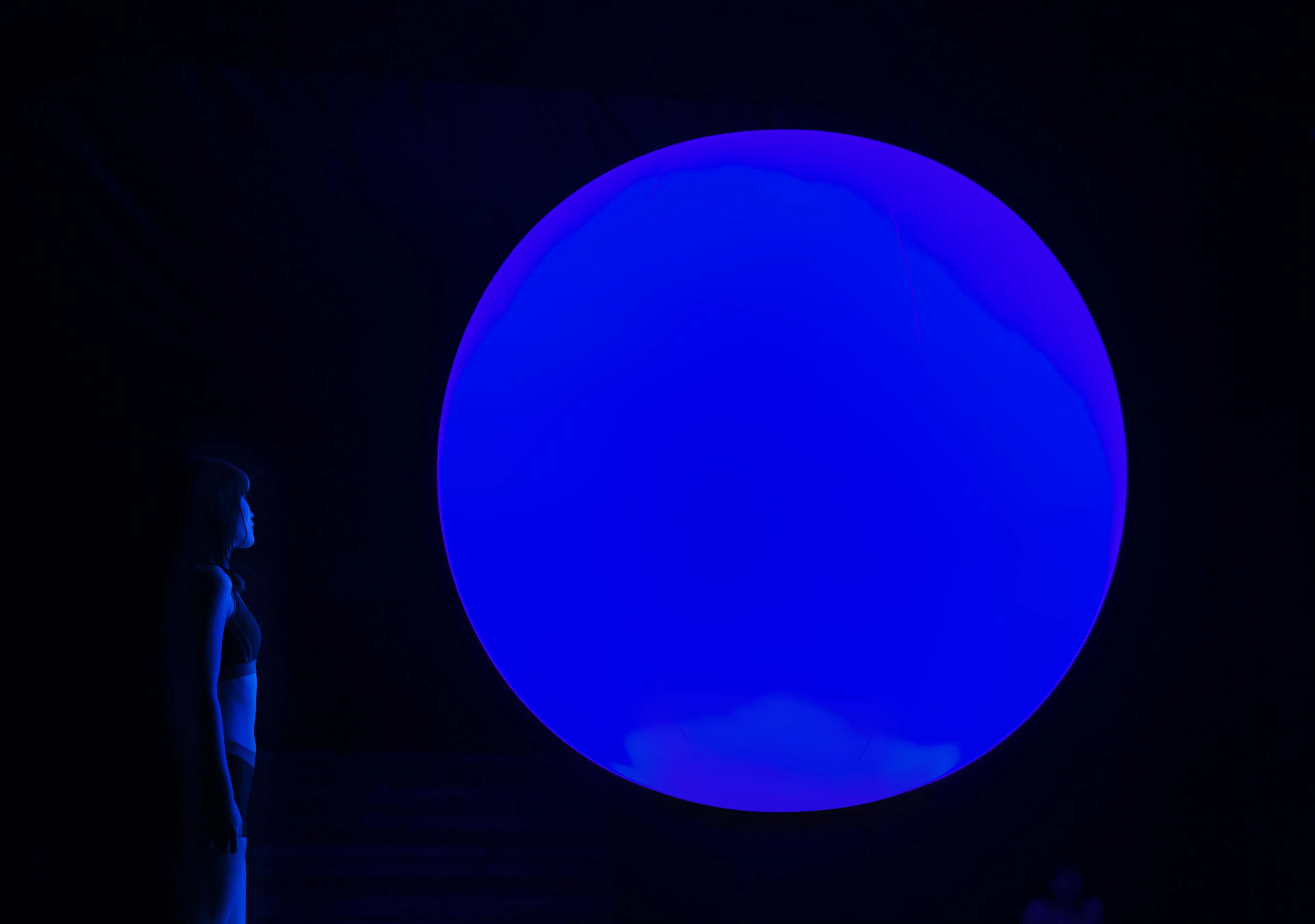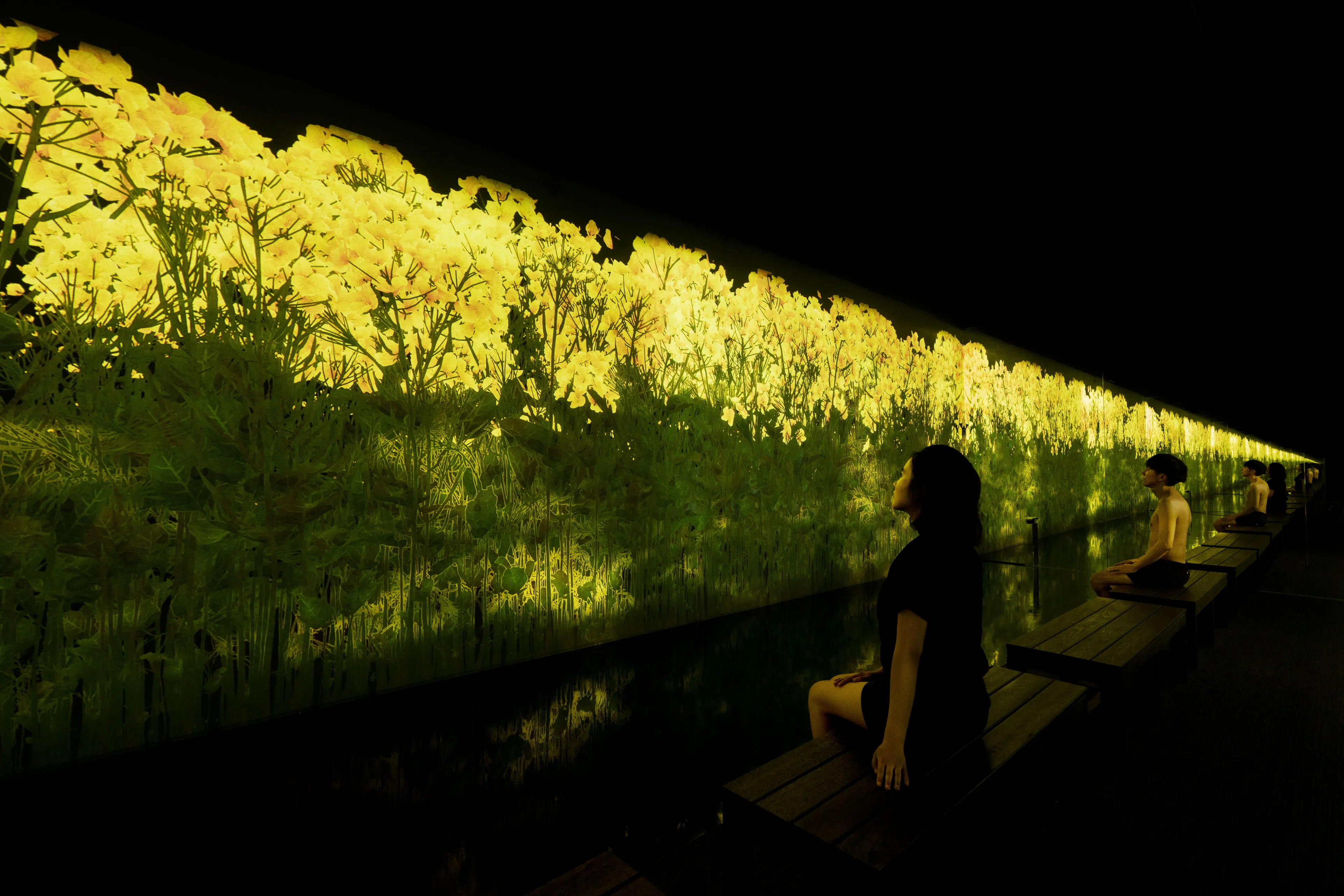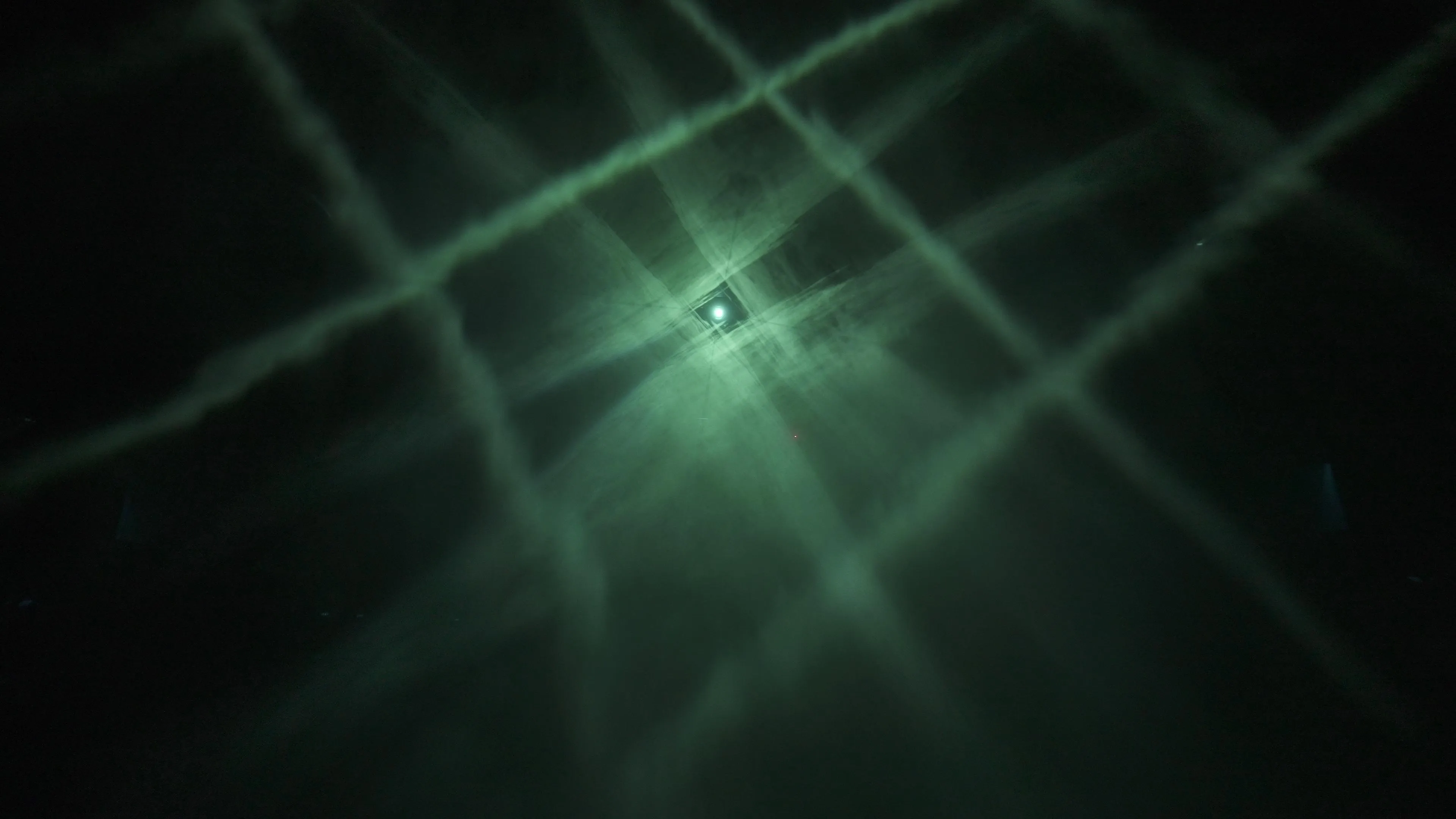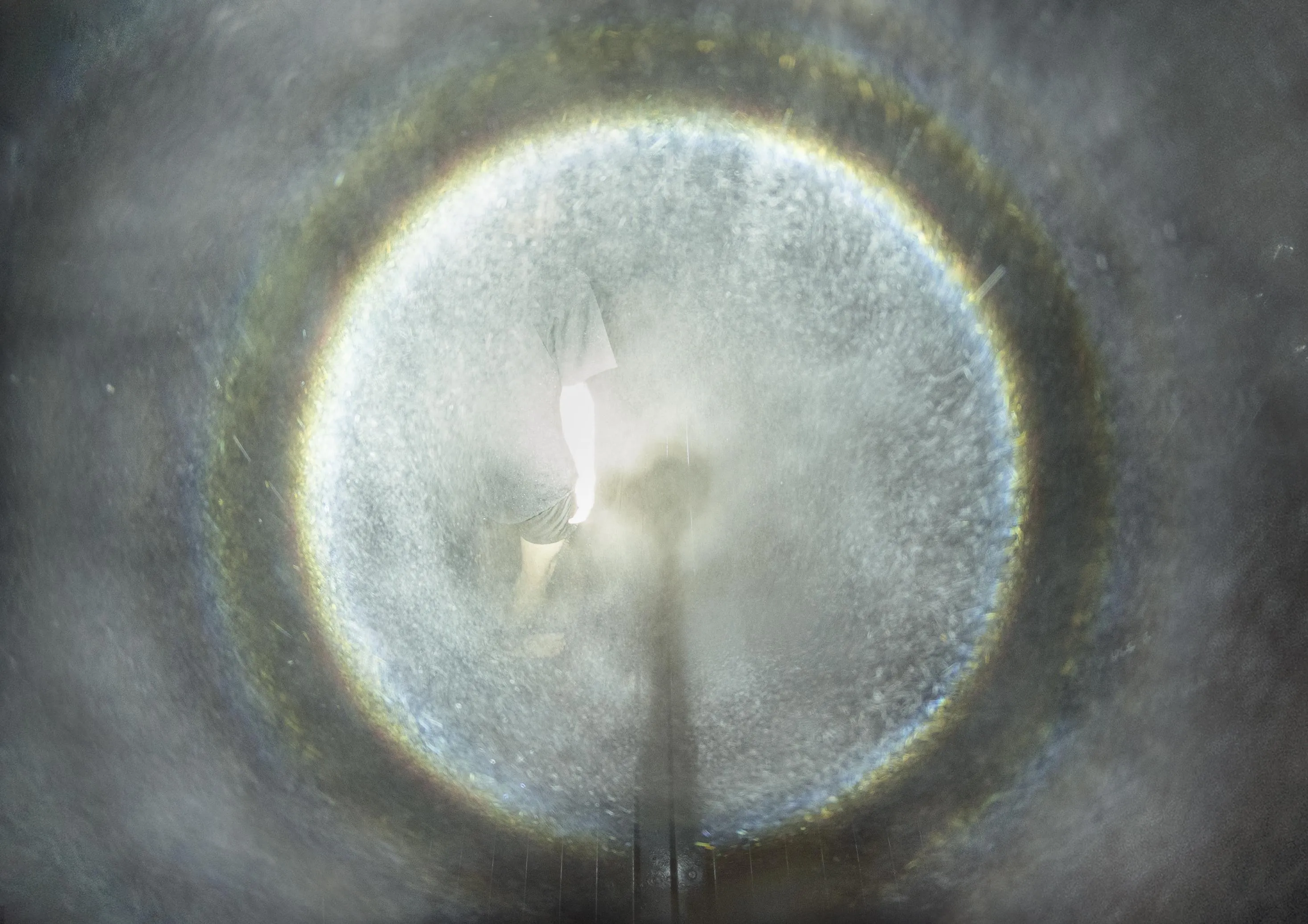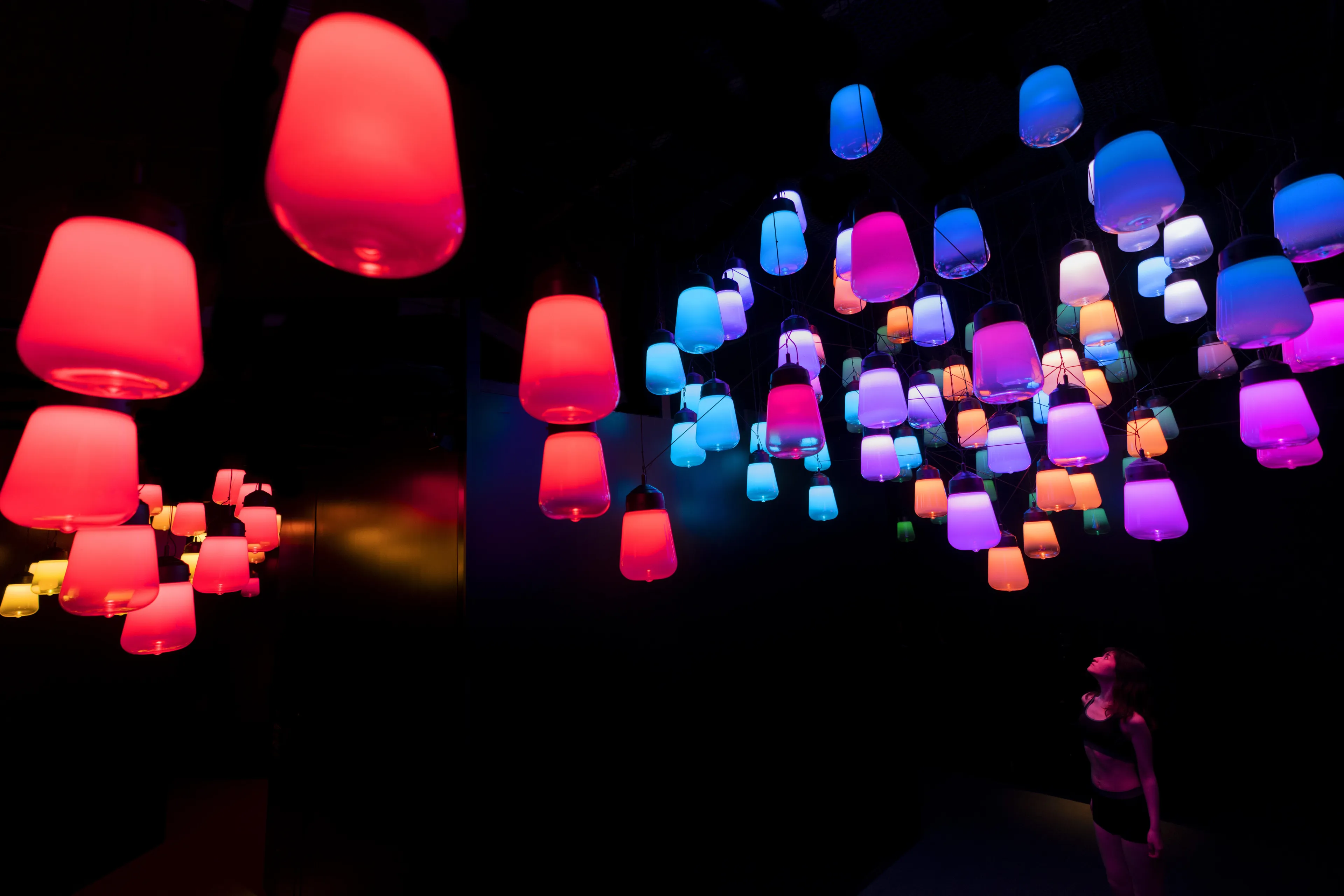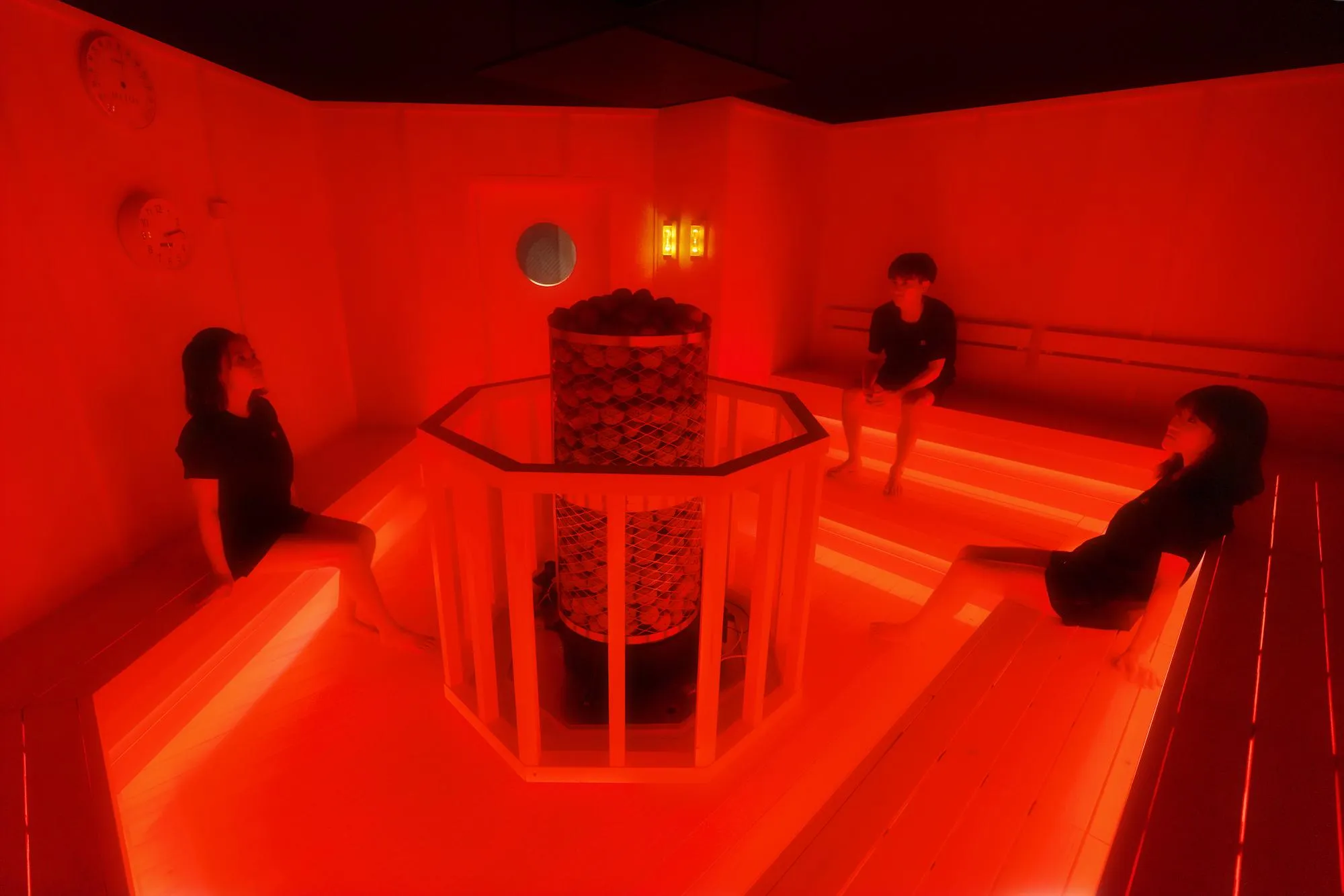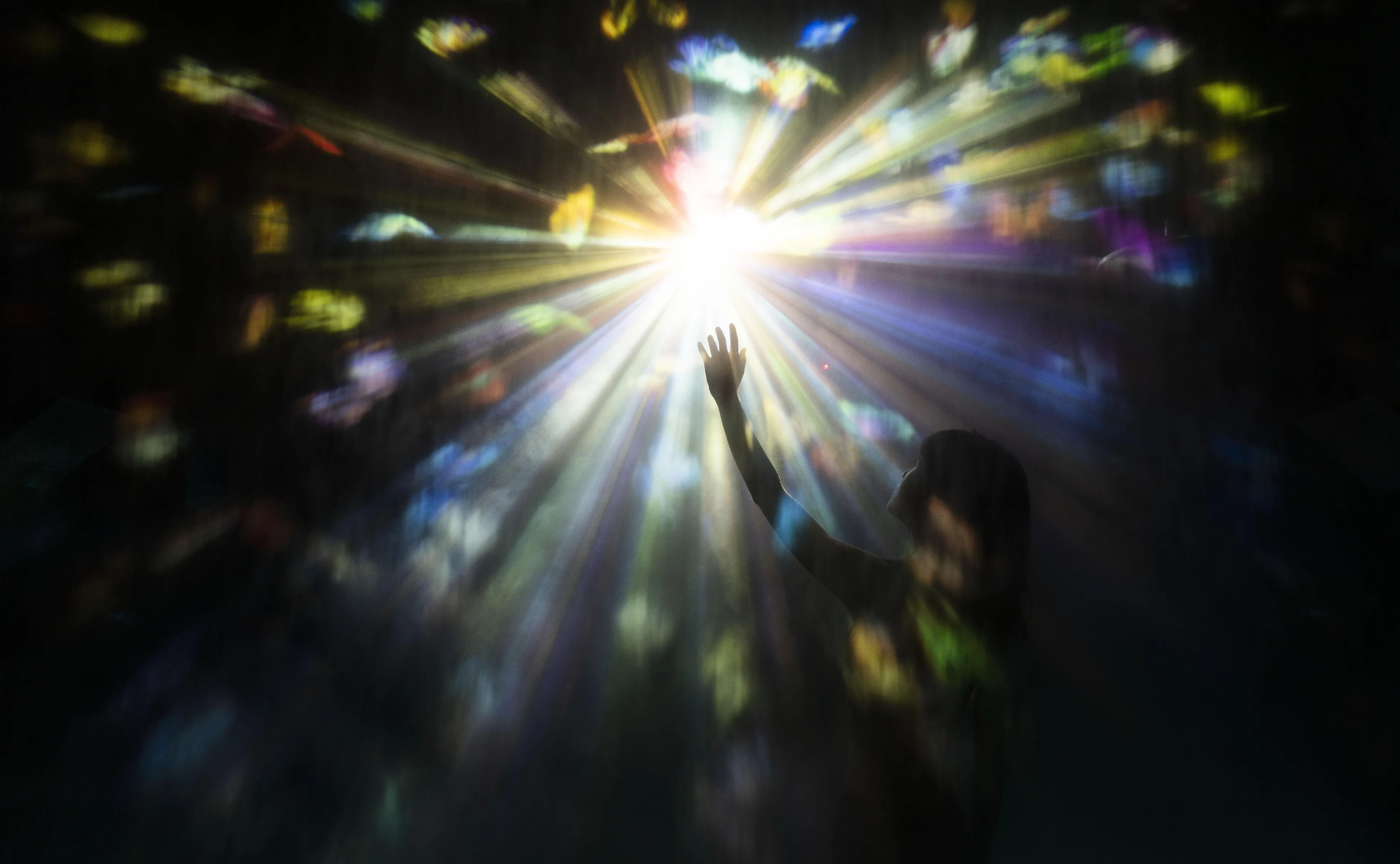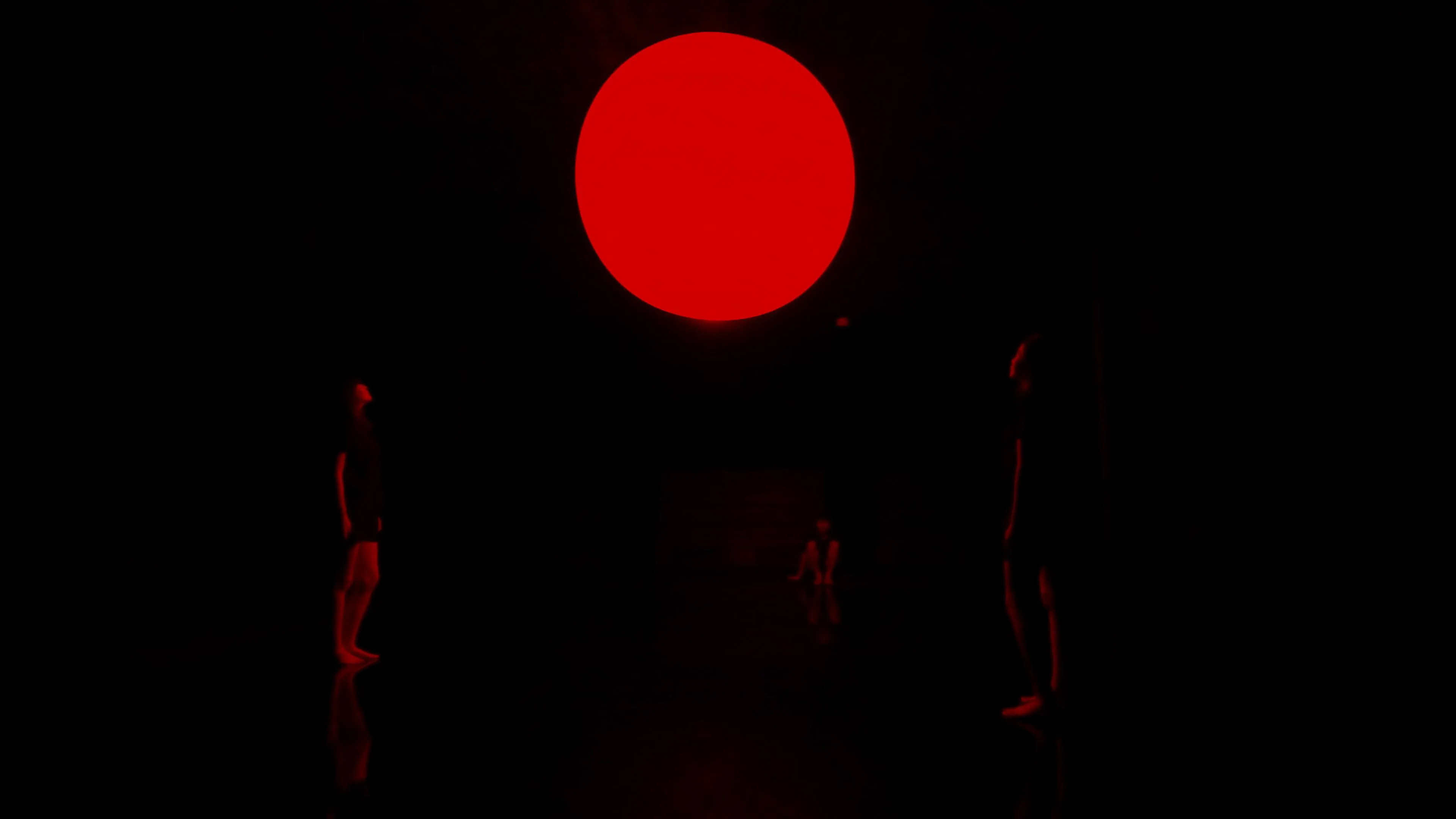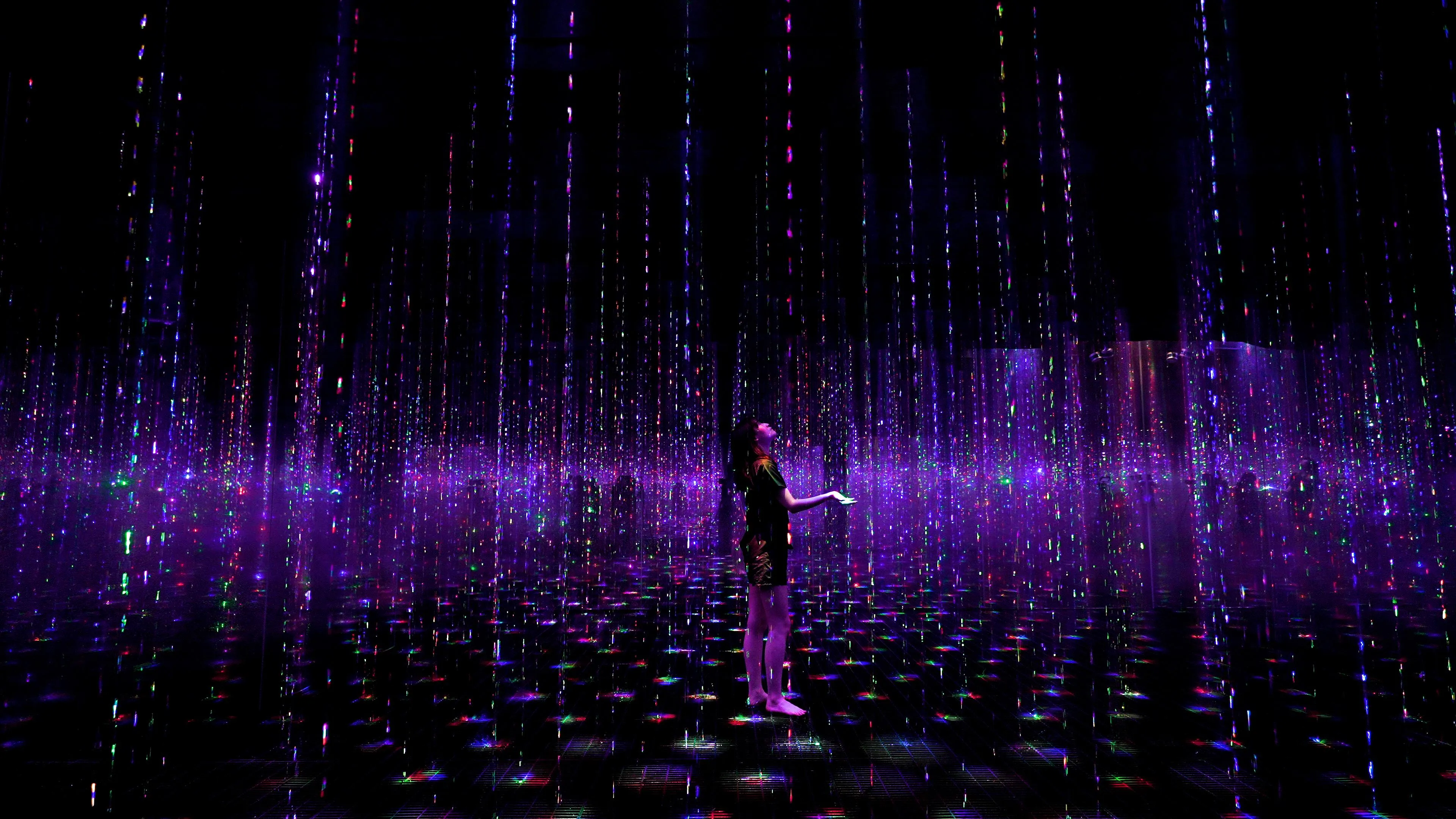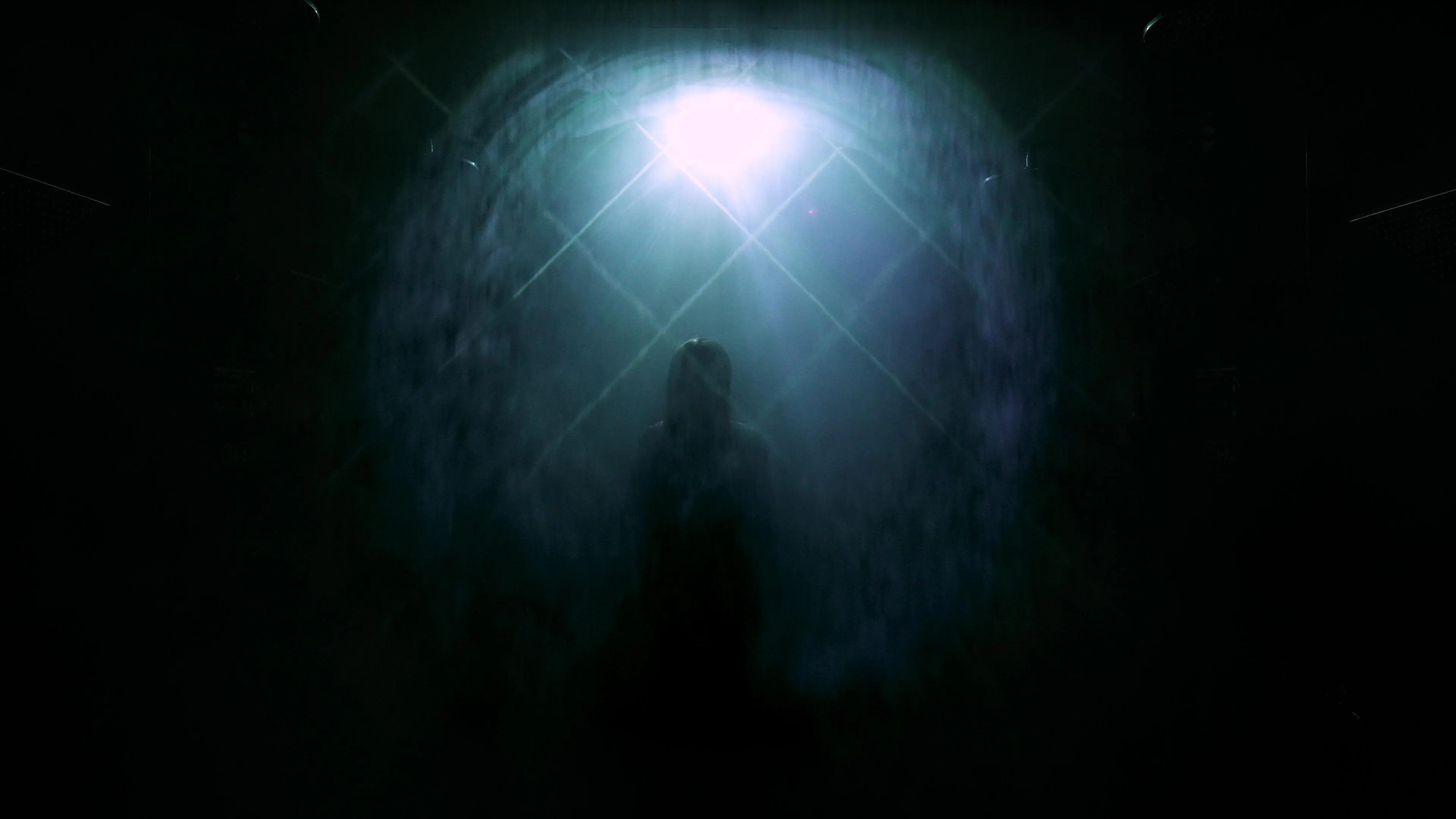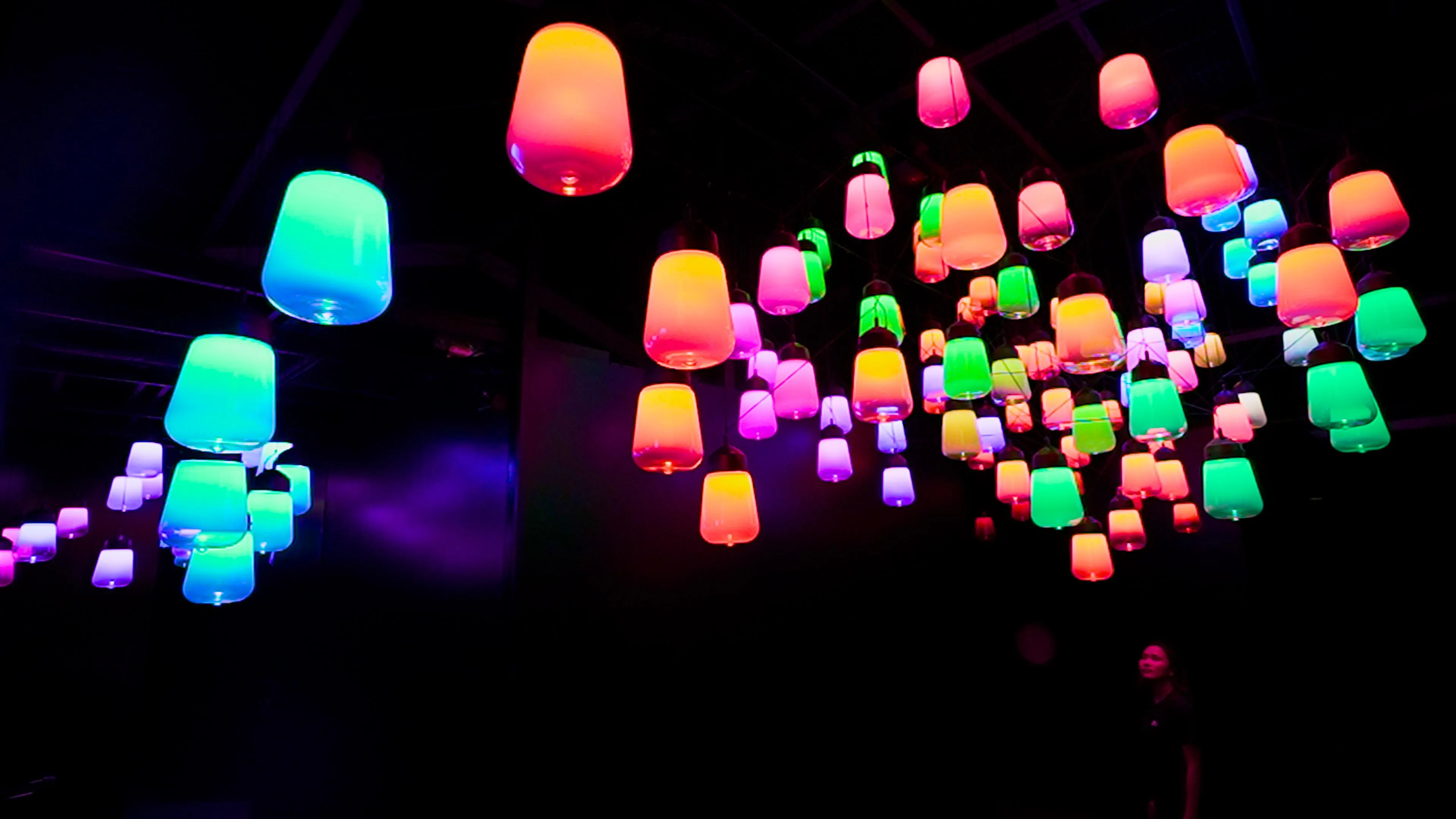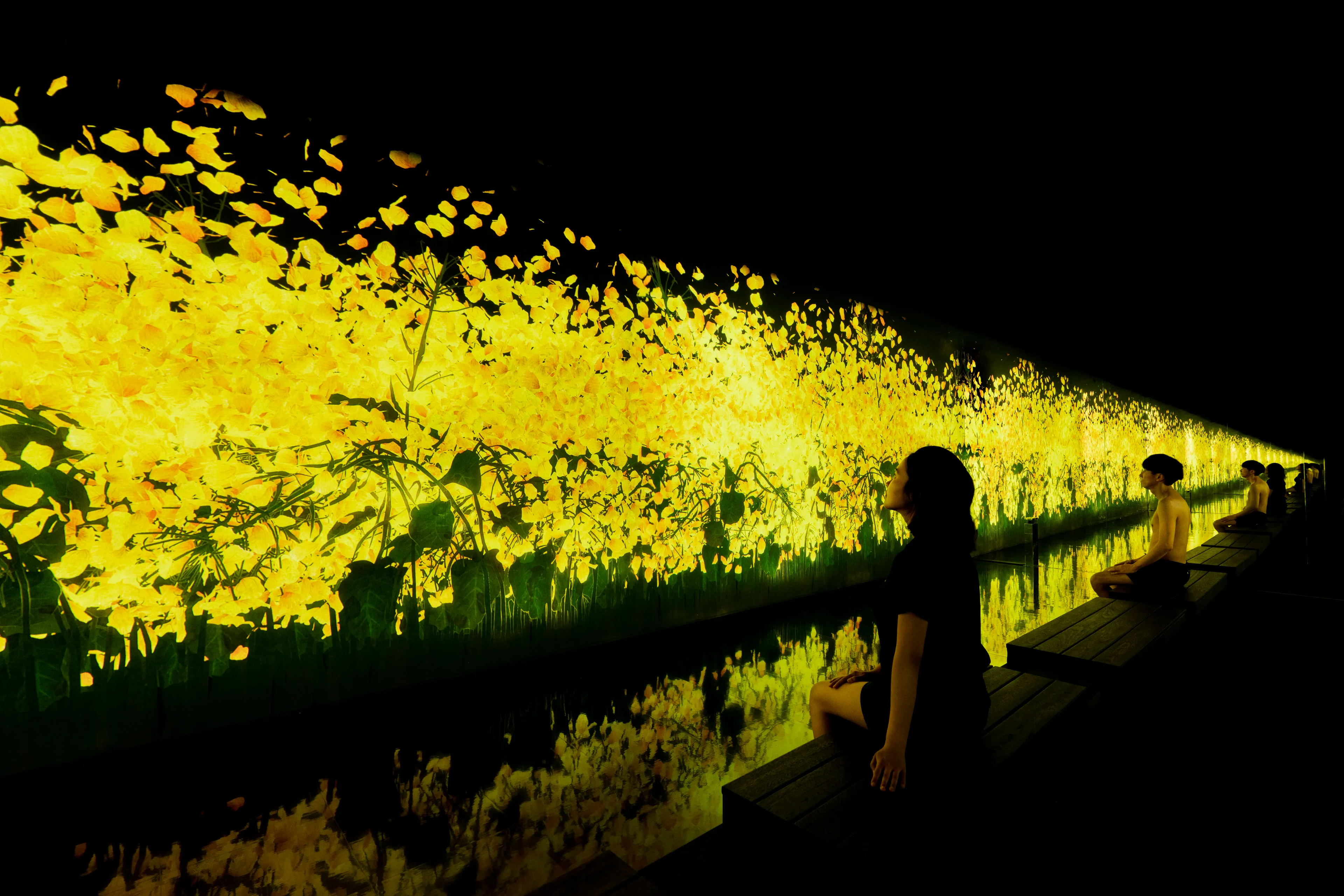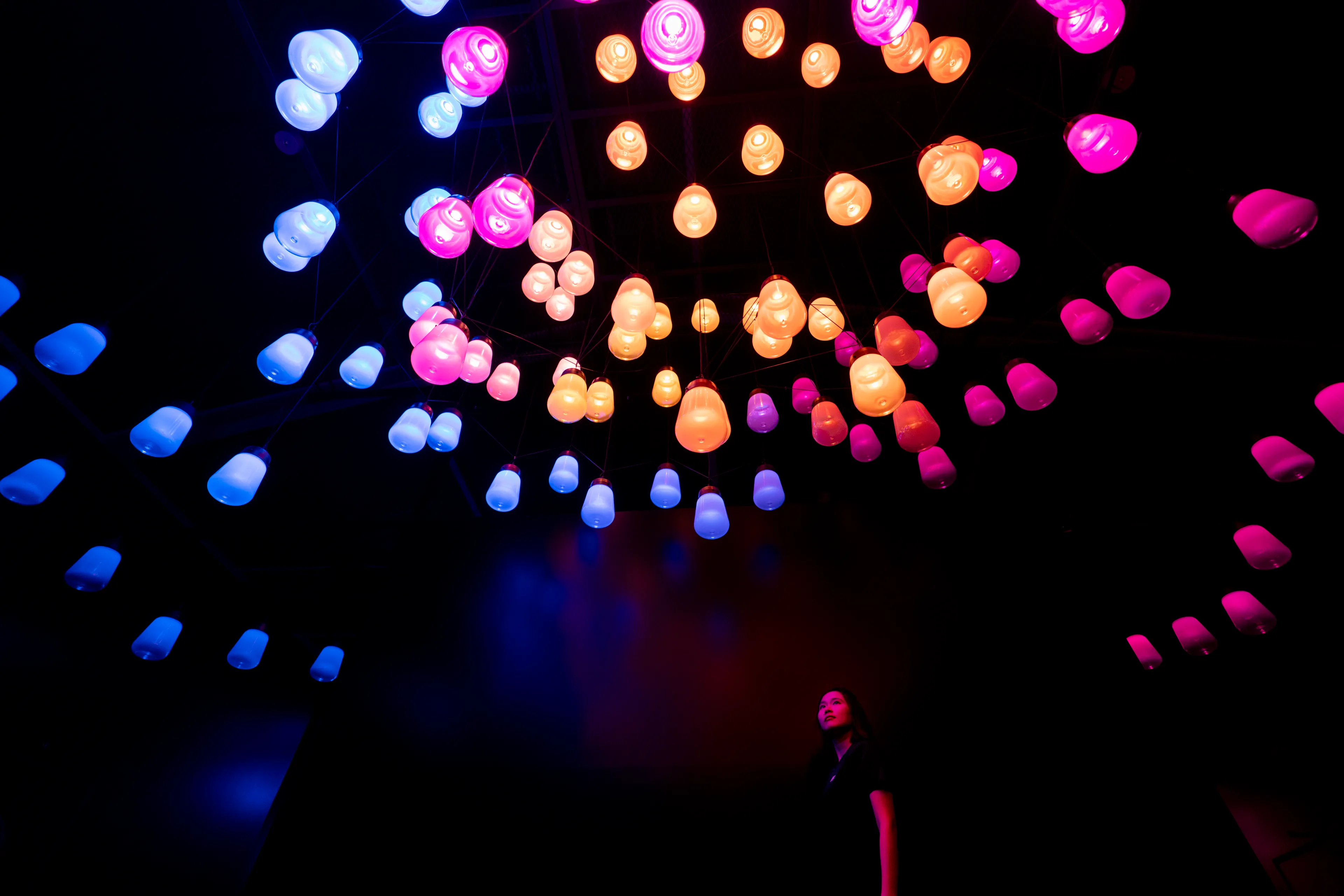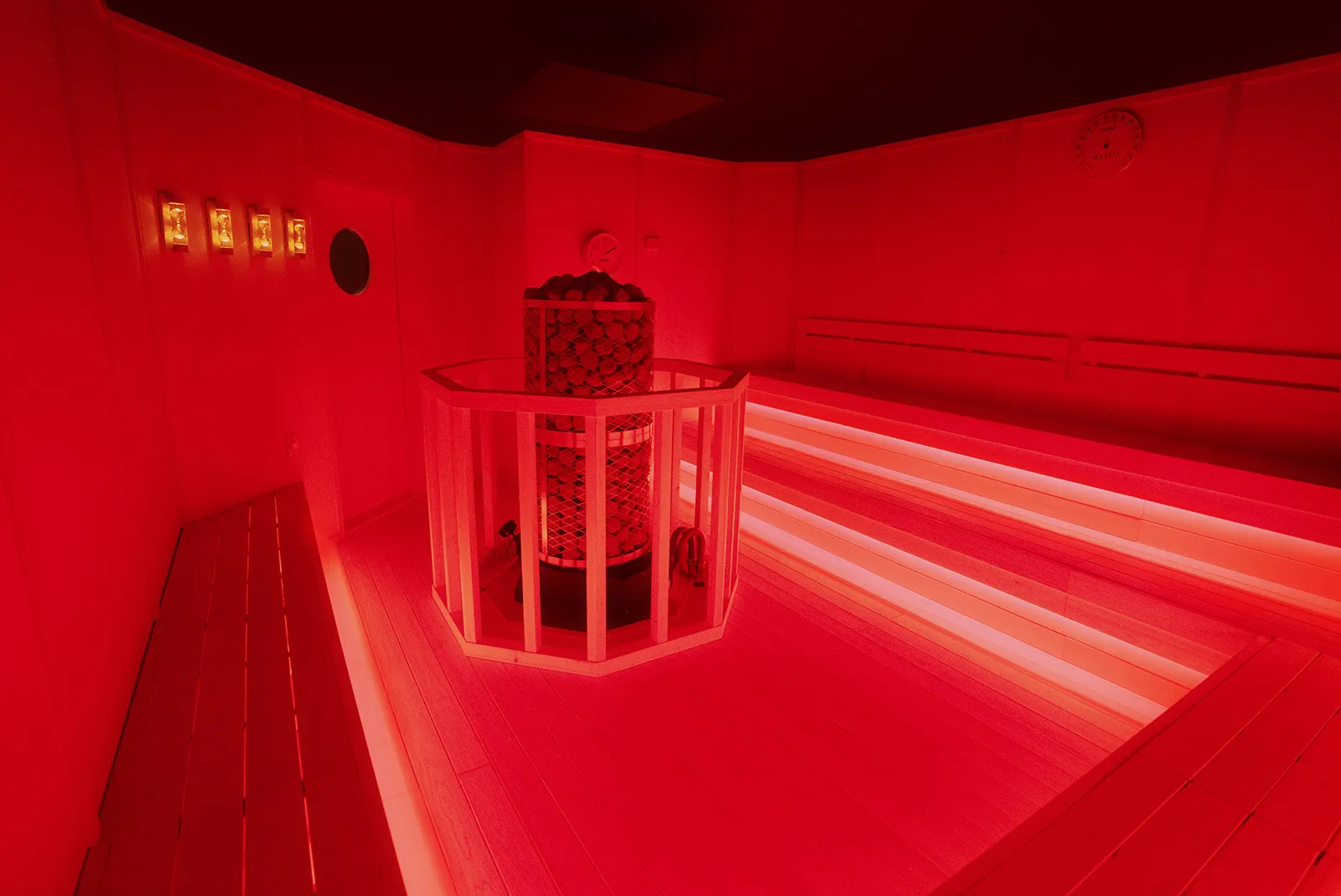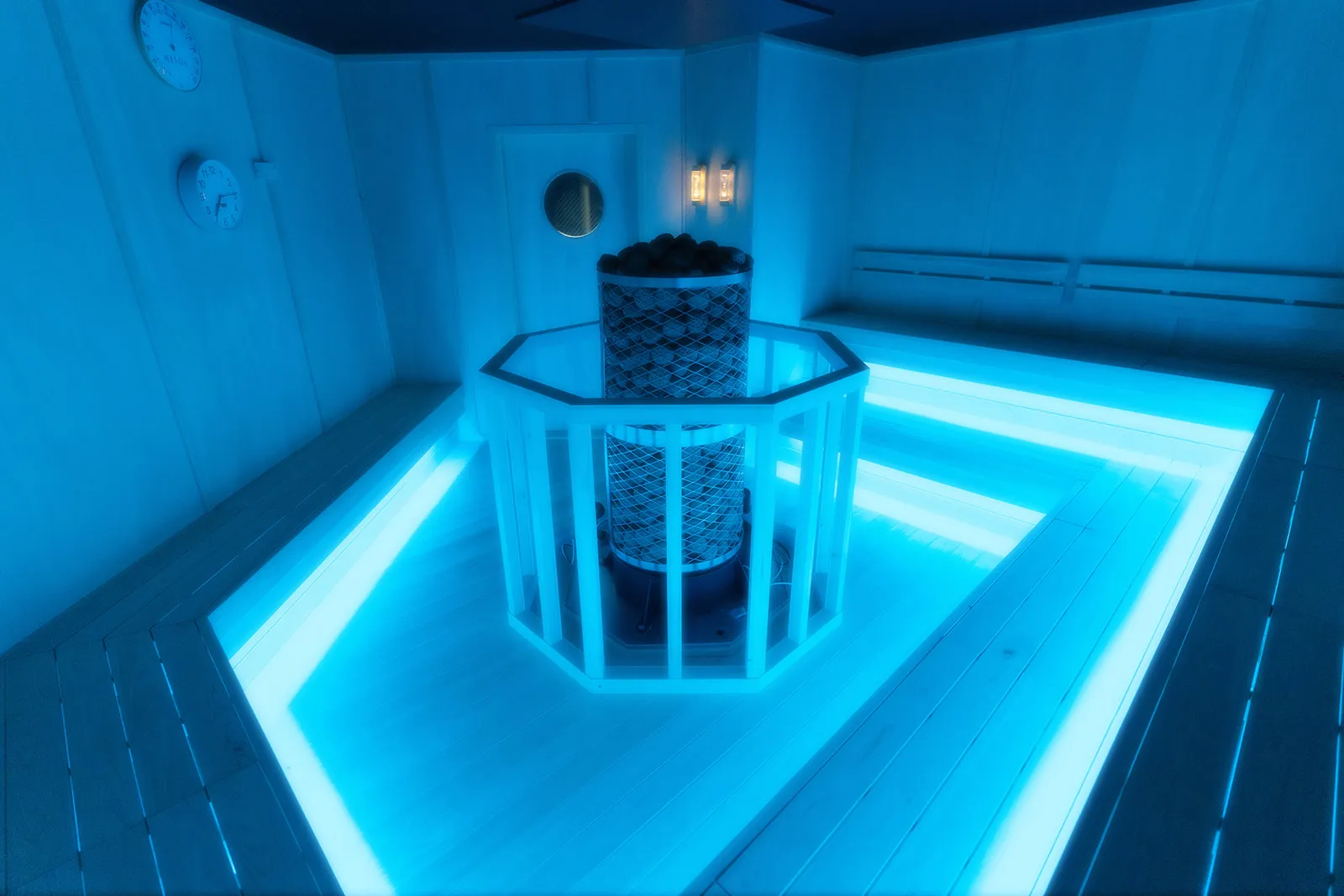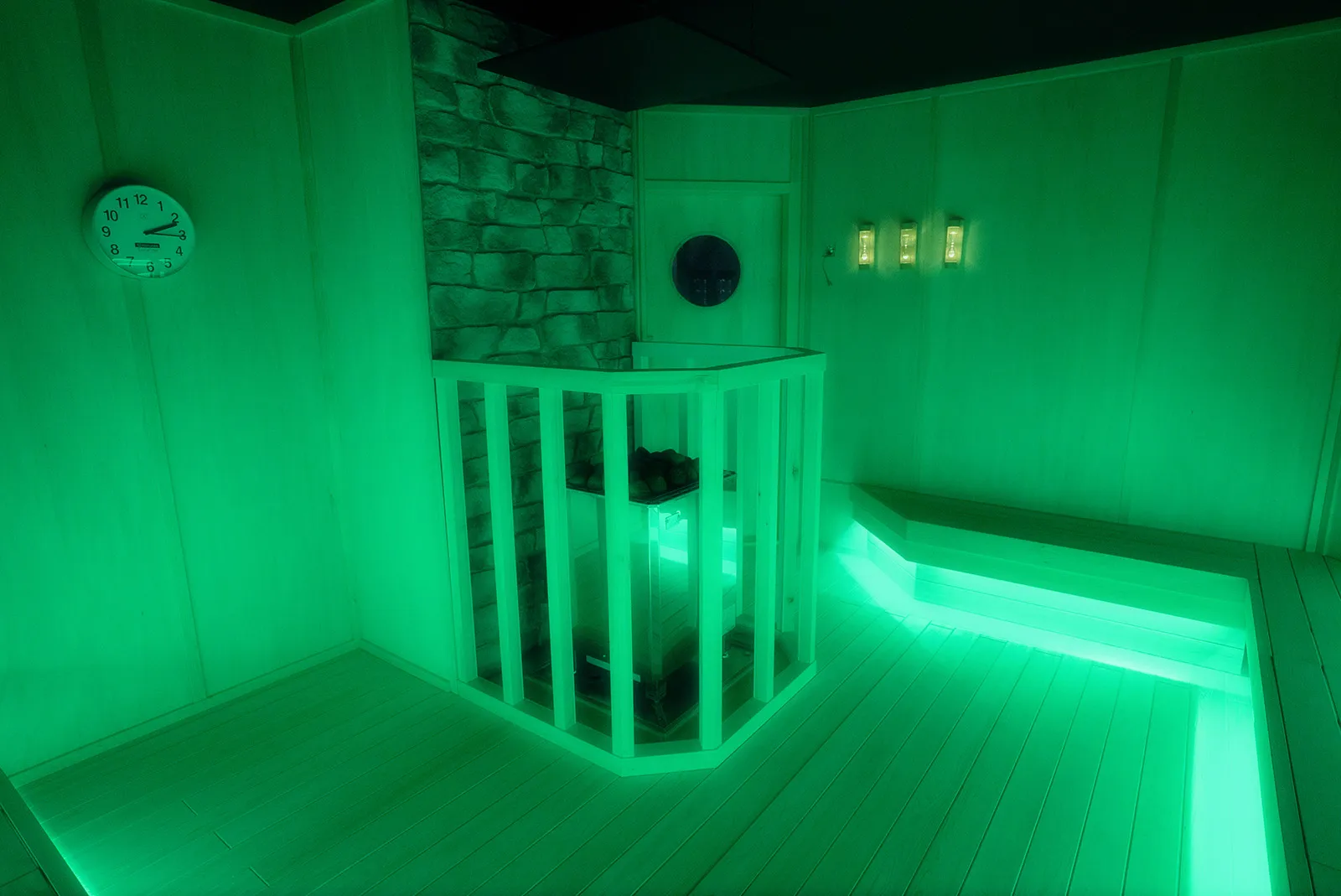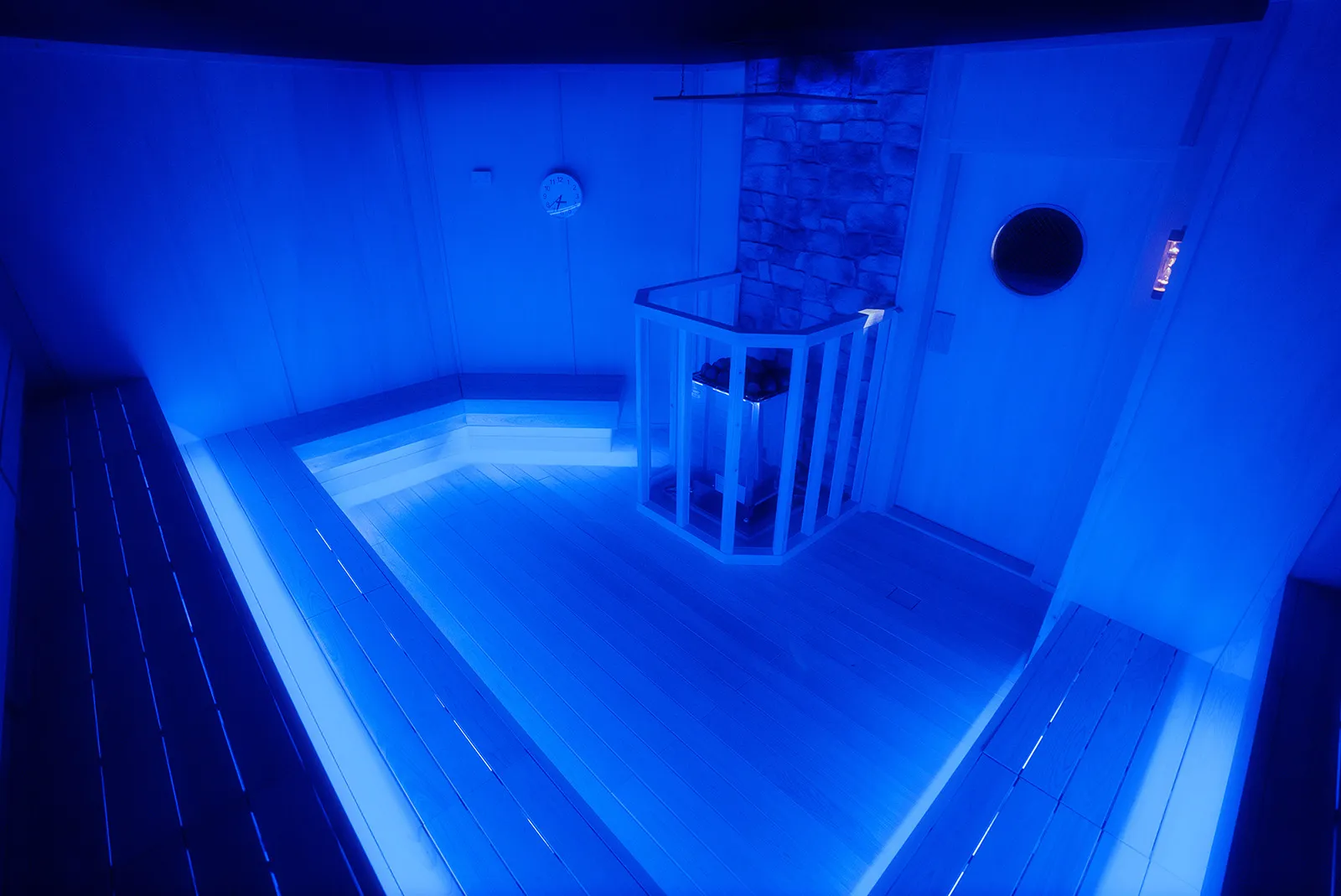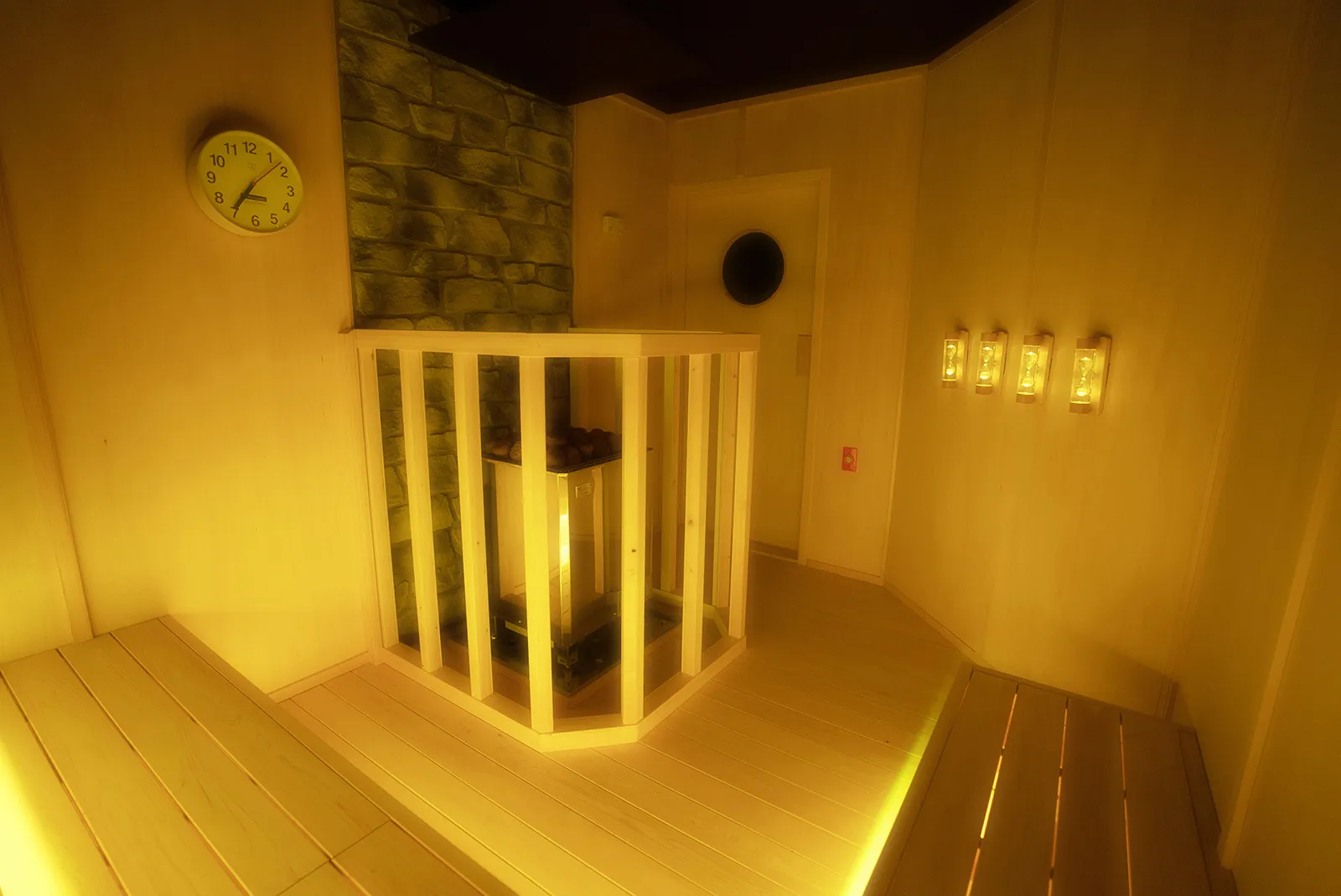展览背景
从医学角度了解"Totonou"
"Totonou"是什么?
所谓 "Totonou",是指“热水浴、冷水浴、休憩”的过程中,在冷水浴过后进行休憩时会感到与平常所不同的愉快的感觉。从医学上讲,这种情况是由于在热水浴和冷水浴时,交感神经占主导地位,而尽管休憩时副交感神经占主导地位,但在交感神经占主导地位时所释放出的肾上腺素、去甲肾上腺素与内啡肽的作用仍残留在血液中,同时催产素和血清素也有所增加,从而导致了与通常有所不同的感受。
"Totonou"时会发生什么?
为了更加了解这一现象,我们使用MEG(Magnetoencephalography)这一超高精度脑电图检测技术,分析了30名体验者在桑拿前后大脑机能的变化,并观察到了一个有趣的现象。 除了与人体放松状态有关的α波被正常化外,在放松过程中常常被抑制的β波仅有位于大脑右侧顶叶的一部分会被激活。大脑的右侧顶叶负责包括空间和视觉感知、身体感觉与位置信息在内的所有的感官认知。这与桑拿爱好者的反馈是一致的,例如在"Totonou"时脑海中浮现了新的想法,或开始意识到平时没有察觉到的声音和气味等等。此外,β波会因此而减弱。 由于β波的强弱与大脑的兴奋程度成反比,因此当我们蒸完桑拿后,会发觉自己变得精神焕发,头脑也感觉更加清醒。综上所述,“Totonou”桑拿可以使人全身心深度放松,提高创造力,感官更加敏锐,头脑更加清醒。可以说是一种类似于冥想的状态。
"热水浴+冷水浴+休憩"重复交替进行三次
我在测量自主神经系统的机能的实验中发现,如果重复“热水浴+冷水浴+休憩”的过程四组以上,升高的自主神经系统机能就会开始下降,有些人甚至会出现头晕目眩的现象。因此我们建议上述组合最多重复交替进行3次。在体验时请以自己的身体状况为准,不要勉强。艺术与桑拿的历史背景:淋汗茶会
In the middle of the Muromachi Period (1336 - 1573), a type of tea ceremony in which tea was served to guests after their baths was called rinkan-chanoyu (rinkan sauna and tea ceremony). Much like with shoin-cha (decorative tea time), paintings, incense burners, vases, and hanging scrolls were displayed in the bathing rooms, and it is said that many spectators came to watch toucha (tea-tasting games) after bathing.
Rinkan-chanoyu was a widely-practiced basara (eccentric hobby) in Japan, particularly at the Kofukuji Temple in Nara.
In those days, a bath was a steam bath, or what we would today call a sauna, in which water is poured over heated sauna stones. People in Japan have long enjoyed the acts of viewing art in a sauna and drinking tea as a cultural pastime.
The term basara refers to the social and cultural trends in the middle ages in Japan, mainly during the early Muromachi Period (the Nanboku-cho Period). It was an aesthetic of meritocracy, one that disregarded the status quo, belittled, ridiculed, and rebelled against the authority of those noble in name alone, and instead favored extravagance, flamboyant behavior, and chic clothing. This storyCulture was also the seed of the later revolutions in the Warring States Period.
It is said that Murata Juko (1422 - 1502), the teacher’s teacher of Sen no Rikyu (1522 - 1591) and the inventor of wabi-cha (tea ceremony), was also enamored with rinkan-chanoyu when he was young. He later studied under the Japanese monk Sosun Ikkyu at Daitokuji Temple, reached a state of chazenichimi (the realization that tea ceremony and Zen are one), and created wabi-cha. Then, the brothers Furuichi Choei and Furuichi Choin, who were main figures of rinkan-chanoyu, became disciples of Murata Juko, and rinkan-chanoyu became wabi-cha.
现代桑拿热潮的文化背景:漫画与SNS(社交网络)
在桑拿热潮之前,人们潜移默化地继承了一种特殊的冷热交替沐浴状态。这种状态通过SNS(社交网络)的传播,逐渐被称为"Totonou",并且通过漫画的形式将“Totonou”的含义,方法步骤以及过程等内容进行来可视化传播,从而让很多人体验到了 "Totonou",也因此使很多人成为了桑拿的粉丝。在过去的10年中,也许正是上述现象的发生造就了现代桑拿热潮吧。
*衷心感谢田タナカカツキ(Tanaka Katsuki)及濡れ頭巾ちゃん(Nure zukin-chan)为本文的撰写提出的宝贵建议。
Inference of Connection of Sauna Trance with Japan's Infrastructure and Cultural: Public Baths and Water Baths
When did the sauna trance method of bathing, which has been implicitly inherited by sauna lovers, begin?
The Japanese steam bath was replaced by the modern bathing in hot water baths in the mid-Edo period (early 17th century). The modern sauna was introduced to Japan from Finland around the time of the 1964 Tokyo Olympics. In Finland, there are many lakes, and in saunas near lakes people do jump into the cold lakes, however, saunas in the city do not always have cold water baths.
So when did saunas in Japan start to always include a water bath? In fact, it is believed that water baths existed in public baths long before saunas. If you were born in the countryside in Japan, you may have been told by your grandfather to "pour cold water over yourself" at the end of a bath.
The story of pouring cold water over yourself after a steam bath appears in the collection of medical essays by the court physician of the late Kamakura period (late 13th century), Tomotoshi Koremune, in his book "Idansho" (one of the oldest essays by a physician in Japan). Since the days of the steam bath, cold water has been poured over the body after a steam bath. This may have something to do with misogi, the ancient Japanese Shinto ritual of purifying oneself by bathing in waterfalls and rivers. Even today, this is done at shrines at its chozu-ya pavilion which contains a large water-filled basin. Since the Nara period (8th century), when public baths were built, people have been pouring cold water over themselves after steaming baths. At the very least, the alms baths created in the Nara period were replaced by hot water and remained in the city as public baths called sento, and the pouring of cold water over oneself was somehow replaced with water baths. The practice of alternating hot and cold baths may have been implicit for more than a thousand years. This may have been the infrastructure and cultural foundation that led to the development of totonou (sauna trance) brought about by alternating super hot and cold baths.
